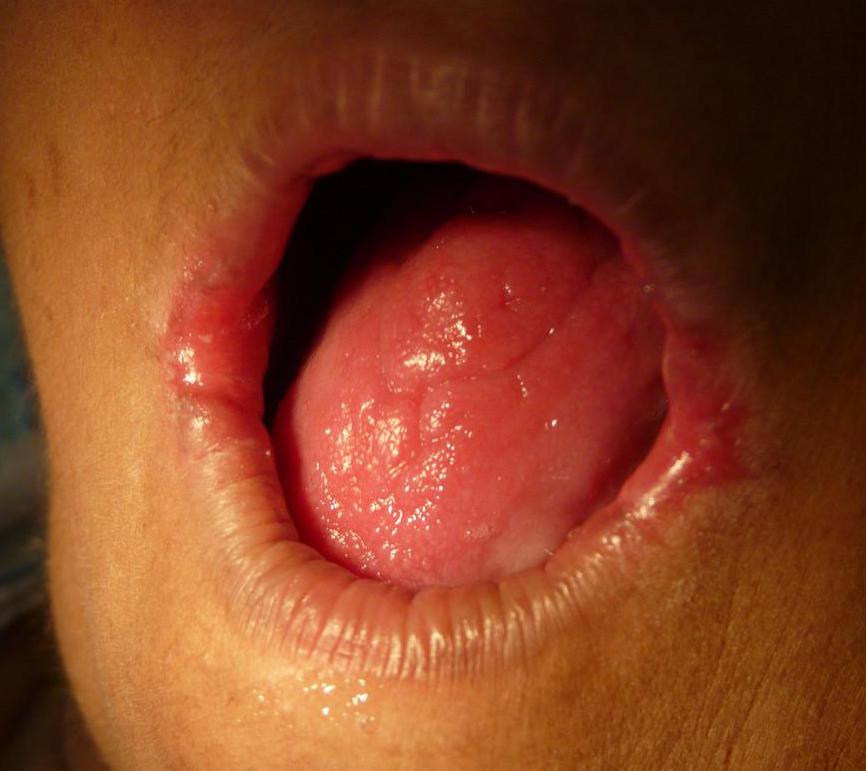At TheHealthBoard, we're committed to delivering accurate, trustworthy information. Our expert-authored content is rigorously fact-checked and sourced from credible authorities. Discover how we uphold the highest standards in providing you with reliable knowledge.
What is Cutaneous Lupus?
Cutaneous lupus, also known as cutaneous lupus erythematosus (CLE), is a skin-related form of the chronic autoimmune disease commonly referred to as lupus. A variety of skin rashes or lesions can occur with this disease, and they can range from mild to life-threatening. There is no known cure, but treatments are available to help manage the symptoms.
In an autoimmune disease, the body's immune system rejects its own healthy tissues, forming antibodies that can cause pain, inflammation and tissue damage. Hence, lupus can affect multiple body systems. The systemic form of lupus is called systemic lupus erythematosus (SLE). Most individuals with SLE will also have skin symptoms, but it is possible to have CLE without the accompanying systemic symptoms.

One subtype of cutaneous lupus, subacute cutaneous lupus erythematosus (SCLE), can take the form of scaly red patches on the skin that appear similar to symptoms of psoriasis. Alternately, it might appear as ring-shaped lesions on the neck, chest, upper back, arms or face. Acute cutaneous lupus erythematosus (ACLE) is a subtype that is more often seen in individuals with systemic lupus. Commonly referred to as a "butterfly rash," it manifests as flat sunburn-like patches on the cheeks and nose. Patches might also appear on the legs, arms or trunk and usually will be sensitive to sunlight.

The most common symptom of CLE is a discoid rash, which takes the form of thick scaly patches of skin on the ears, cheeks or nose. These patches generally are not painful or itchy but can lead to changes in skin pigmentation. Discoid lesions on the scalp can lead to temporary or permanent hair loss in affected areas, and ulcerous lesions inside the mouth can sometimes be precursors to squamous cell carcinoma. Discoid lesions might also affect fatty tissue beneath the skin, leaving nodules or indented scars. If lesions take a long time to heal, they feature a greater risk of eventually developing into skin cancer.

Like SLE, cutaneous lupus features "flares," or periods of more severe symptoms, and remissions, which are times when symptoms are significantly reduced. Flares can be triggered by environmental factors, such as exposure to sunlight, or by physical stress related to an injury or surgery. In women, pregnancy might cause a flare of symptoms.
CLE can be diagnosed by observation of clinical symptoms, a skin biopsy, and direct immunofluorescence testing. Treatments for CLE can include immunosuppressive drugs, topical or injected corticosteroids and avoidance of sun exposure. It also might become necessary to treat associated medical conditions, such as vasculitis and joint diseases.

Lupus most frequently affects women of childbearing age but can sometimes appear in men or children. Although there is a possibility of a genetic component to this disease, its exact cause is unknown. It is not contagious. When individuals who have cutaneous lupus are under a doctor's care, they generally have a normal lifespan and rarely require hospitalization for this disease.
AS FEATURED ON:
AS FEATURED ON:

















Discussion Comments
I have cutaneous lupus and my biggest nightmare is the sun. Sun exposure triggers my rashes or makes them worse. Sometimes, I also develop a rash simply due to heat and not the sun. It's very bothersome and I try to stay indoors as much as possible because of it. I do use sunscreen but it's not enough.
Cutaneous lupus treatment isn't very effective either. My doctor prescribes me anti-inflammatory medications, mostly an oral corticosteroid for my rashes. They work a little bit but take a while to kick in and the worst is usually over by then.
@ZipLine-- I'm not a doctor but as far as I know, cutaneous lupus only affects skin whereas systemic lupus affects internal organs and the skin. You may develop an idea of which type you have based on your symptoms. If you only experience skin rashes and no other symptoms, it's probably cutaneous lupus. If you have skin rashes in addition to fatigue, joint inflammation and inflammation of other internal organs, it's probably systemic lupus.
I think that cutaneous lupus causes skin rashes on both the face and body whereas systemic lupus causes a skin rash only on the face. But I could be wrong.
Your doctor is the only one who can tell you your diagnosis for sure.
There are also subgroups of cutaneous lupus, as the article described, based on the type of rash the lupus causes. Talk to your doctor right away if you symptoms that cause you to suspect lupus.
What is the difference between chronic cutaneous lupus and chronic systemic lupus? How do I know that I have one type and not the other?
Post your comments